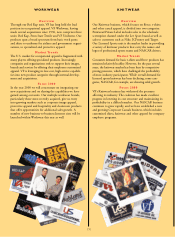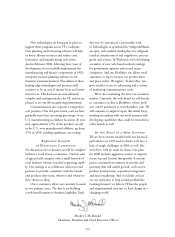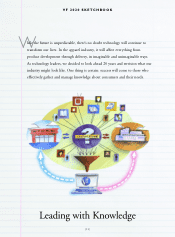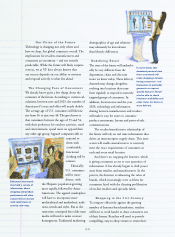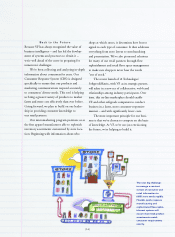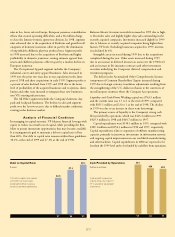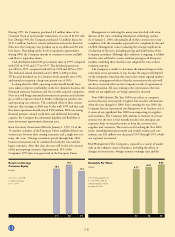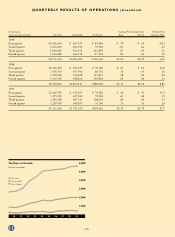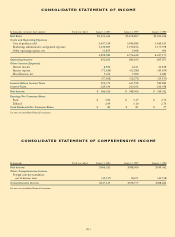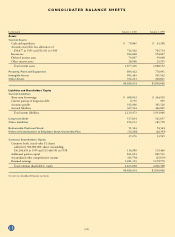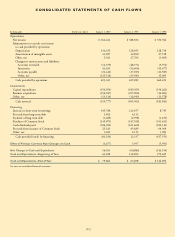North Face 1999 Annual Report Download - page 15
Download and view the complete annual report
Please find page 15 of the 1999 North Face annual report below. You can navigate through the pages in the report by either clicking on the pages listed below, or by using the keyword search tool below to find specific information within the annual report.
[13]
share of consumer dollars. And apparel manufac-
turers will have to be ready to make the most
of the many in-store technologies now being
developed, some of which are illustrated in this
sketchbook.
Tomorrow’s retail environment will use a
variety of technologies to create a more interac-
tive and customized shopping experience. Body
scanning techniques will give rise to new sizing
metrics, offering consumers truly personalized
apparel options. The shopping experience itself
will be transformed as consumers use smartcards
to gain access to store and product information
and to provide retailers with credit, delivery and
personal lifestyle preferences. Products themselves
will incorporate innovations like nanotechnology,
which allows fabrics to change color or pattern,
and microcapsule technologies that could enable
fabrics to regulate body temperature or moisturize
the skin. And when consumers are ready
to leave the store, they’ll be able to check
out on their own through exit portals that
scan information contained in tiny chips
embedded in the gar-
ments. This will allow
stores to monitor stock
levels in real time,
reducing inventory losses
due to shoplifting and
inaccuracies.
Meeting Tomorrow’s
Demand
In the future, convenience will out-
weigh price in the value equation.
Consumers won’t wait around for
anything that’s not in stock. And
manufacturers will have to find ways
to maximize efficiency throughout
the supply chain. New e-commerce
applications will offer powerful
opportunities.
In this new century,
the ability to manage
complex data warehouses will deter-
mine competitive strength. The flexible,
global supply chain of
the future will respond
instantly to informa-
tion about labor,
fabric, manufacturing
and delivery and will
direct production to
the most appropriate
location, anywhere in
the world. Inventory
management will
be a continuous process, offering the
capacity to track goods at any point in
the product cycle – all the way through
to point of sale. New delivery mechanisms, too,
will emerge to get products to consumers and
retailers whenever and wherever they dictate.
In addition to in-store
services, Internet-savvy
retailers will begin using
sophisticated filtering
techniques to market a
highly focused mix of
products and services
directly to individual
consumers. At the same
time, consumers will build
their own “intelligent”
Web sites, commanding
their computers to shop
for them on-line and
extending the reach of
brick and mortar shops.
Wireless, voice-activated
and other new technolo-
gies will free salespeople
to field customer queries,
track inventory and
complete transactions
quickly and easily from
anywhere in the store.





